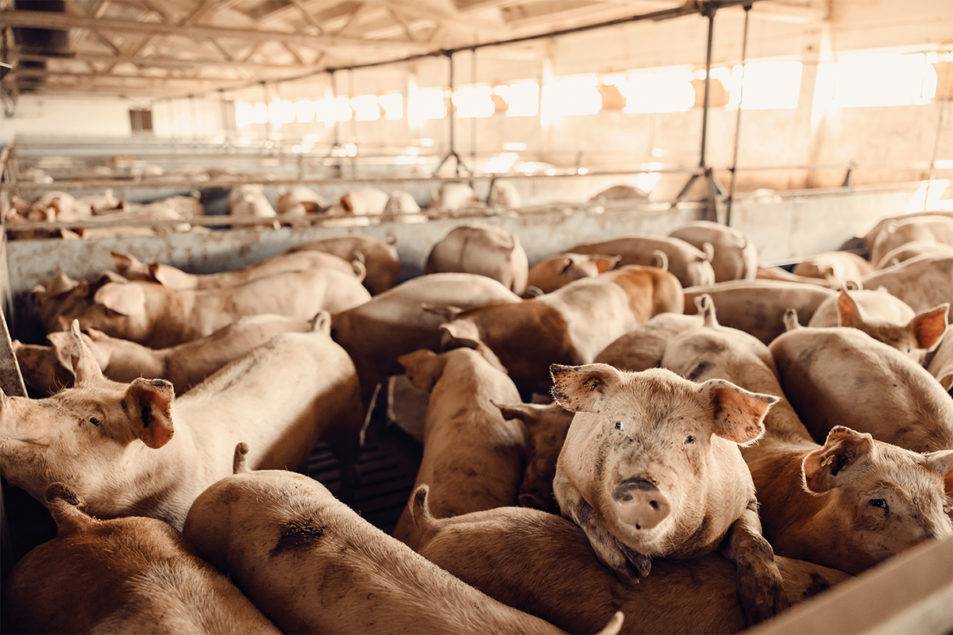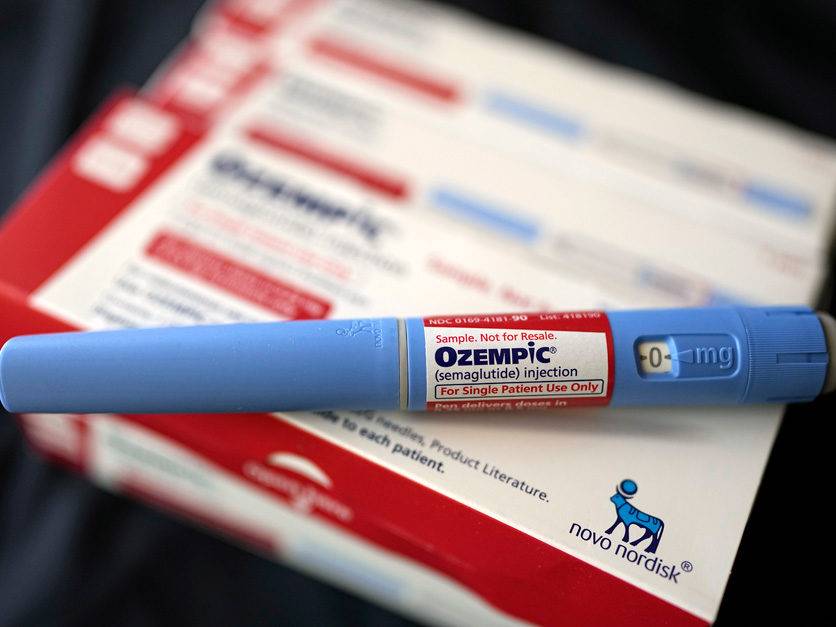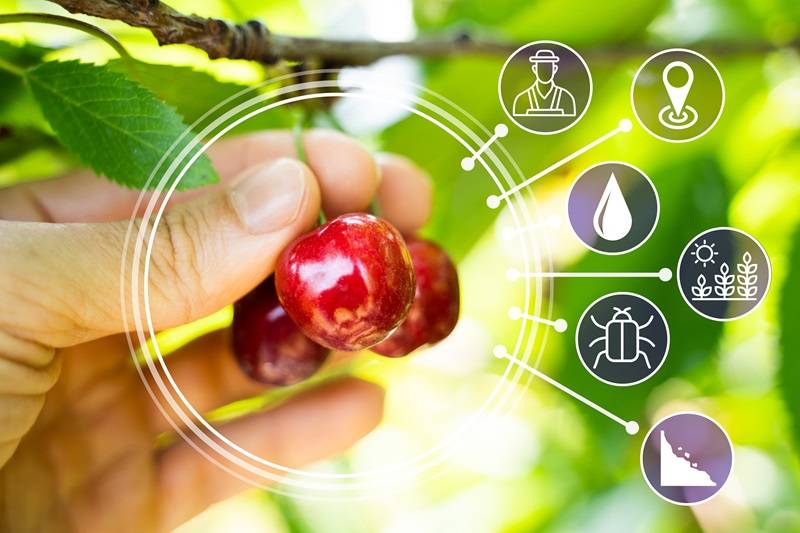The US Department of Agriculture’s National Agricultural Statistics Service (NASS) recently released its Quarterly Hogs and Pigs report, providing valuable insights into the state of the hog industry in the United States. The report, published on December 23, revealed that there were a total of 75.8 million hogs on US farms as of December 1, marking a 1% increase from the previous year.
This data was collected through a comprehensive survey of 6,046 operators across the nation during the first half of December, offering a representative snapshot of the industry. While the total number of hogs was up compared to the previous year, it was slightly down from the levels reported on September 1, 2024.
Of the 75.8 million hogs in the US, 69.8 million were classified as market hogs, while the remaining 6 million were kept for breeding purposes. This distribution indicates a healthy balance between hogs raised for consumption and those intended for breeding to sustain the industry’s future growth.
During the months of September to November 2024, a total of 35.2 million pigs were weaned on US farms, representing a 2% increase from the same period in the previous year. This growth is a positive indicator of the industry’s productivity and efficiency, with pig producers weaning an average of 11.92 pigs per litter during this timeframe.
Looking ahead, US hog producers are optimistic about the future, with predictions indicating that 2.93 million sows will farrow between December 2024 and February 2025, followed by another 2.95 million sows expected to farrow between March and May 2025. These forecasts suggest a steady and sustainable growth trajectory for the industry in the coming months.
Geographically, Iowa emerged as the leading state in terms of hog inventory as of December, with 24.6 million head of hogs. Minnesota followed closely behind with 9.5 million head, while North Carolina ranked third with 8.2 million hogs. This distribution highlights the concentration of hog production in key states, reflecting regional variations in industry practices and preferences.
Overall, the Quarterly Hogs and Pigs report provides a comprehensive overview of the current state of the hog industry in the United States, offering valuable insights for stakeholders and policymakers. The data presented in the report signals a positive outlook for the industry, with steady growth in hog numbers and production efficiency. As the industry continues to evolve and adapt to changing market dynamics, these insights will be crucial for informed decision-making and strategic planning in the months ahead.




